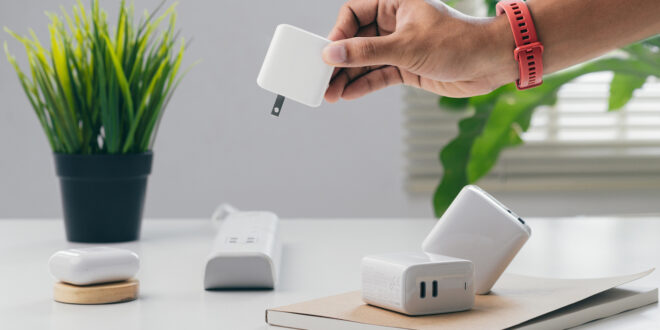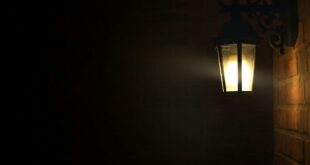Published with permission from Vero Insurance New Zealand.
Power boards, multi-socket boards, multi-plugs/boxes are some of the names used for the convenient little electrical boxes that allow us to power multiple appliances and devices from one hard wired electricity plug outlet.
Many homes and business premises don’t always have enough plug outlets for the number of appliances/devices commonly used today. Computers and home entertainment systems often require multiple electronic inputs, and many of us rely on multi- socket boards to meet the power requirement of these devices. If used correctly, multi socket boards are safe, but if overloaded, worn or damaged, they can cause a fire or electric shock.
Ideally there should be enough plug points for everything that needs to be powered. Consider checking in with your electrician about ways to increase the number of hard-wired plug outlets at your home or business if you’re relying on multi-socket boards to manage your devices and appliances.
If you are using a power board, these guidelines can help you avoid any accidents:
- Use a power board with an overload protection device. This will shut off the power to the board if the electrical current flowing through the board exceeds the boards rating.
- Don’t overload the power board – these are meant for low current appliances only. Stoves, washing machines, space heaters, toasters and kettles draw heavy currents and should be plugged directly into a wall socket, not through a power board.
- Power boards are generally rated to 10 Amps. This rating will be clearly labelled. Don’t plug in individual appliances or a combination of appliances that exceed the 10 Amp rating.
- Never piggy back one power board off another or plug in double adaptors to the power board. Only plug in one appliance per socket outlet on the board staying within the rating of the board.
- Ensure the area around the power board is well ventilated and is clear of things that can burn e.g. don’t allow bedding, curtains or discarded clothing to cover the board.
- Locate the power board where it won’t be damaged. Check regularly for wear and tear e.g. cracked body or a worn or frayed cable. If the power board is damaged, stop using it.
- Plugs should sit securely in the socket outlet. Loose plugs can be a sign of a poor connection which can result in sparking or overheating.
- If you touch the power board and feel a tingling sensation, or there is an unusual smell, switch the power off at the wall immediately and unplug the board.
If you’d like to know more about insurance for your home and contents, you can talk to Brian from Over Fifty Insurance.
By Stephen Henkin










Admin - 9 months ago
Hi Bob, have a look in the top menu for New Zealand Life, and in there you will see Food Wine & Beverages. This is where you will find all our recipes.